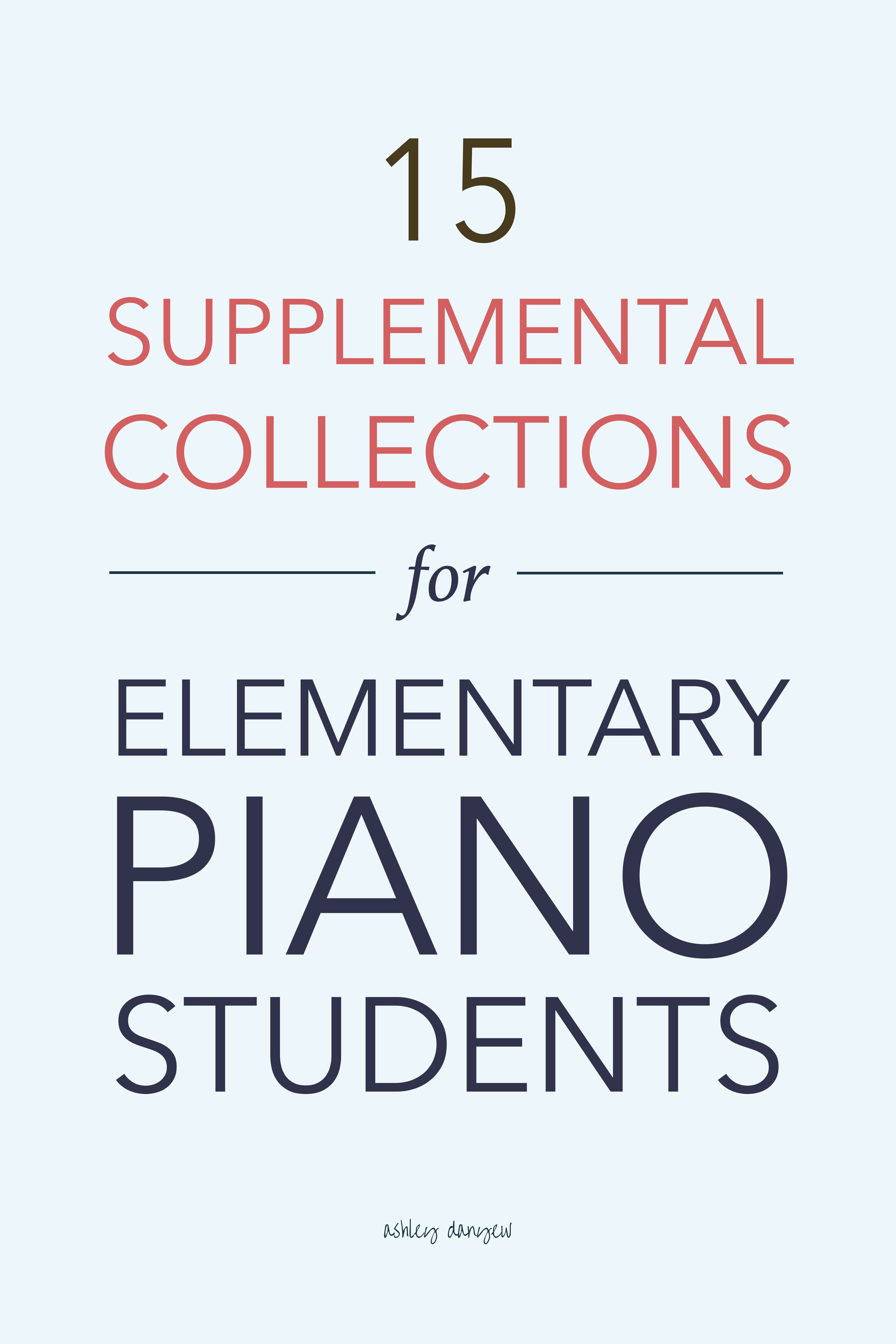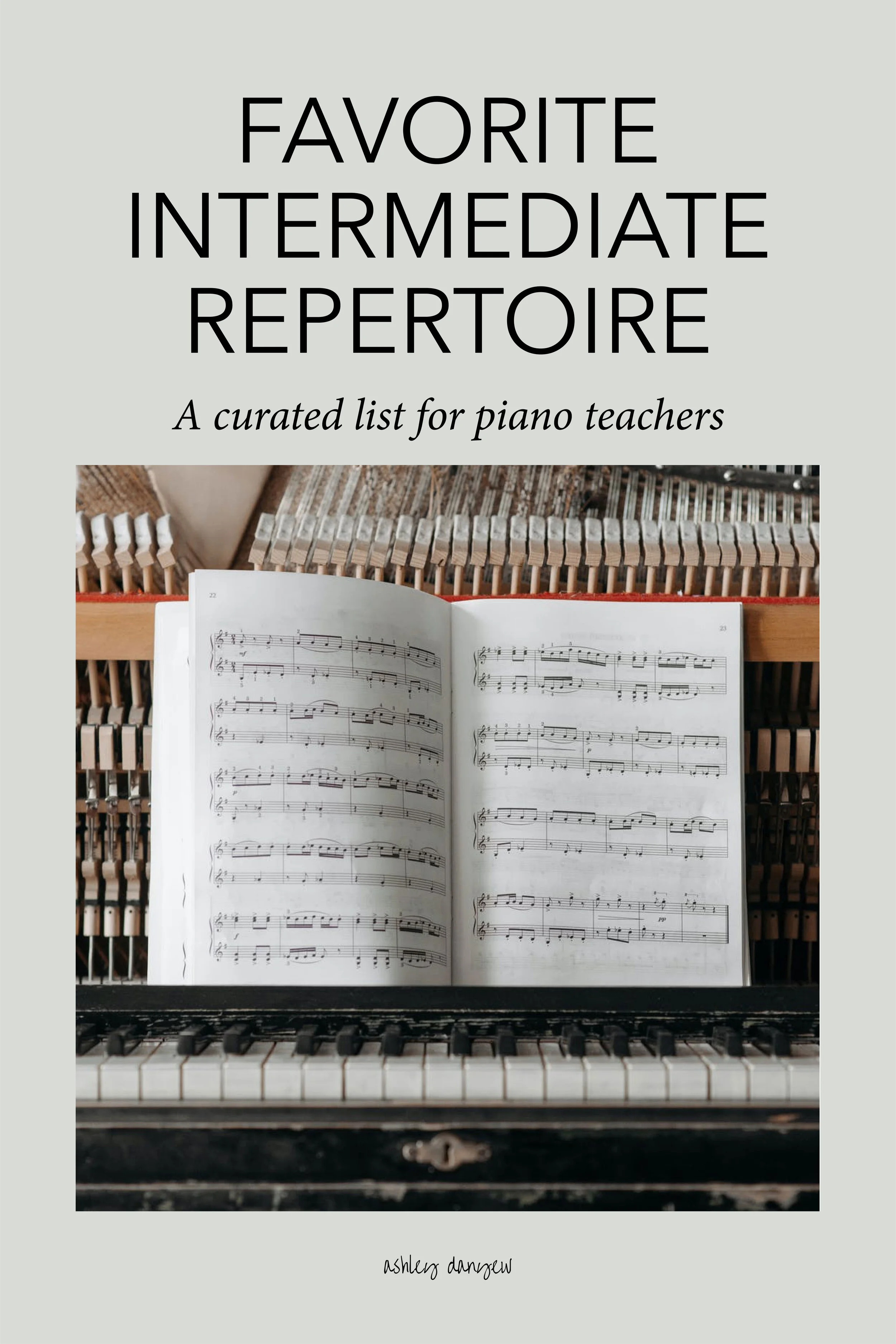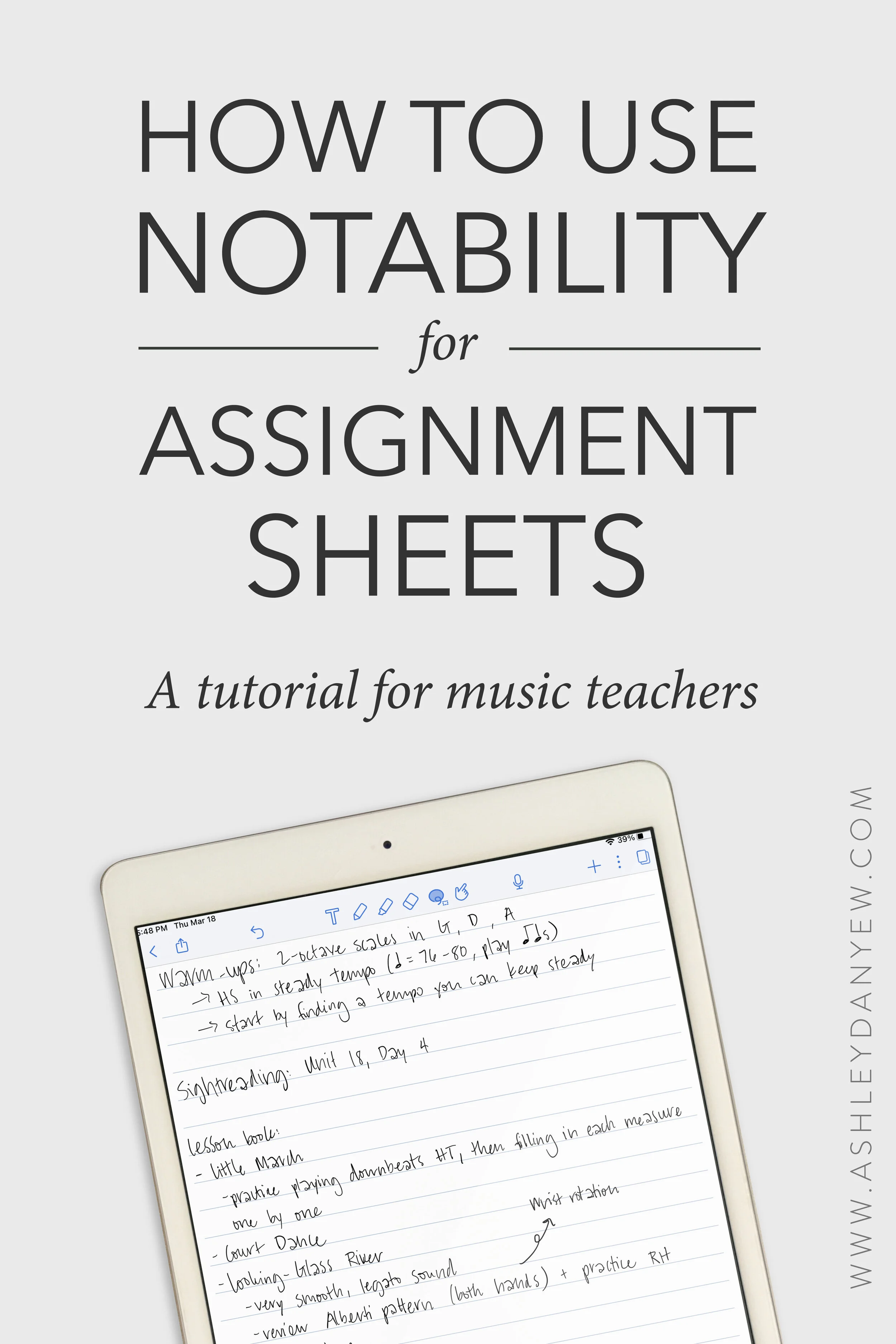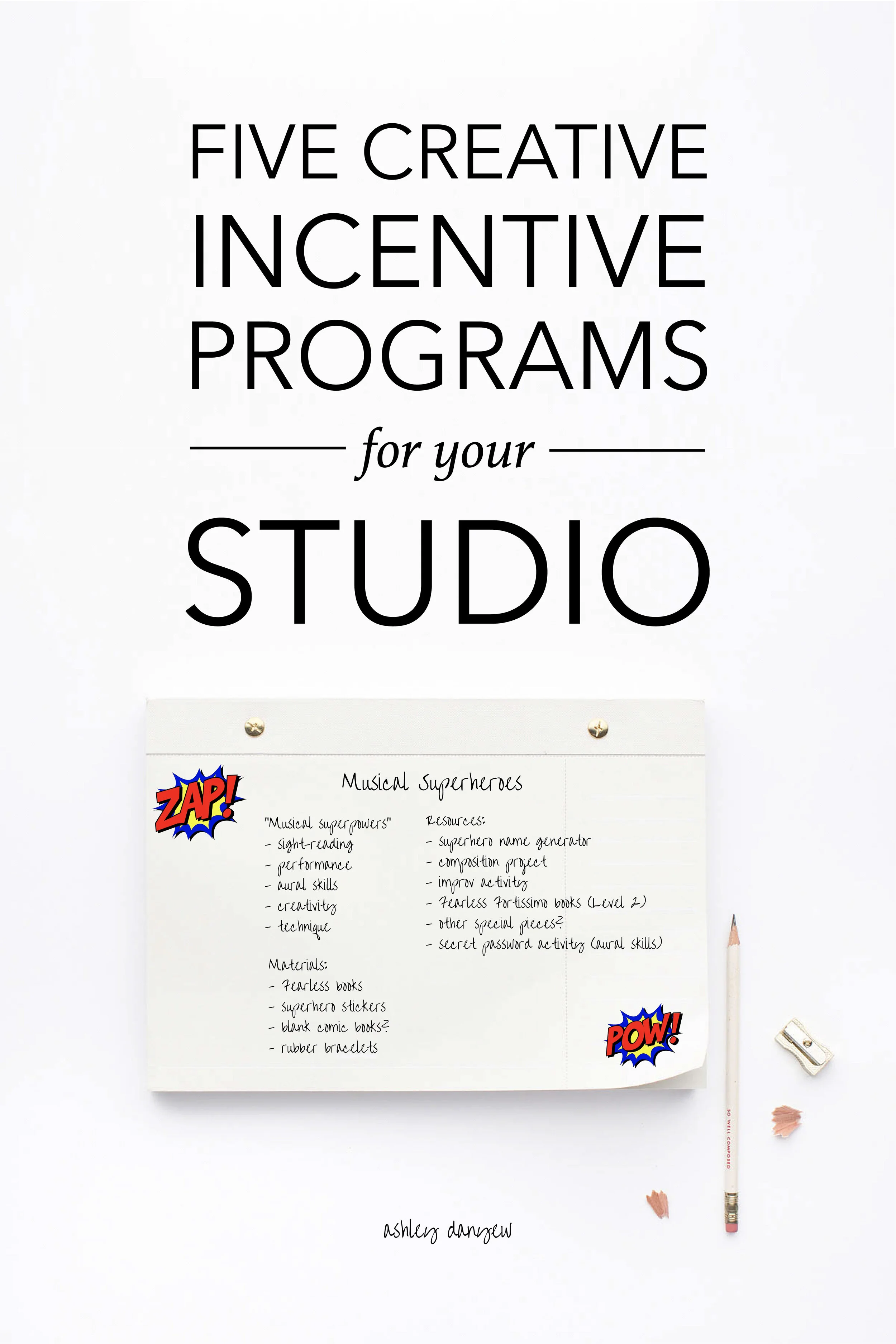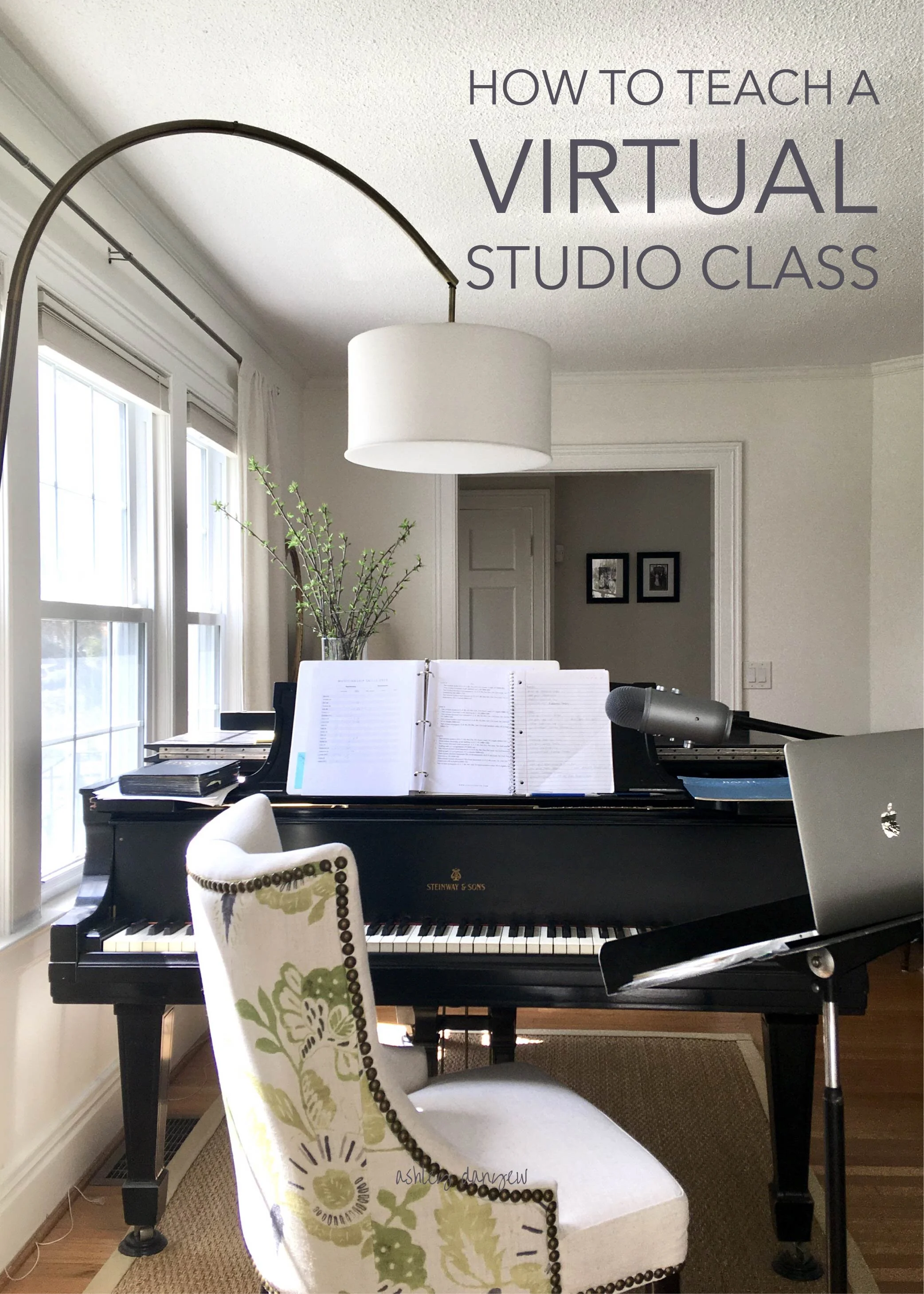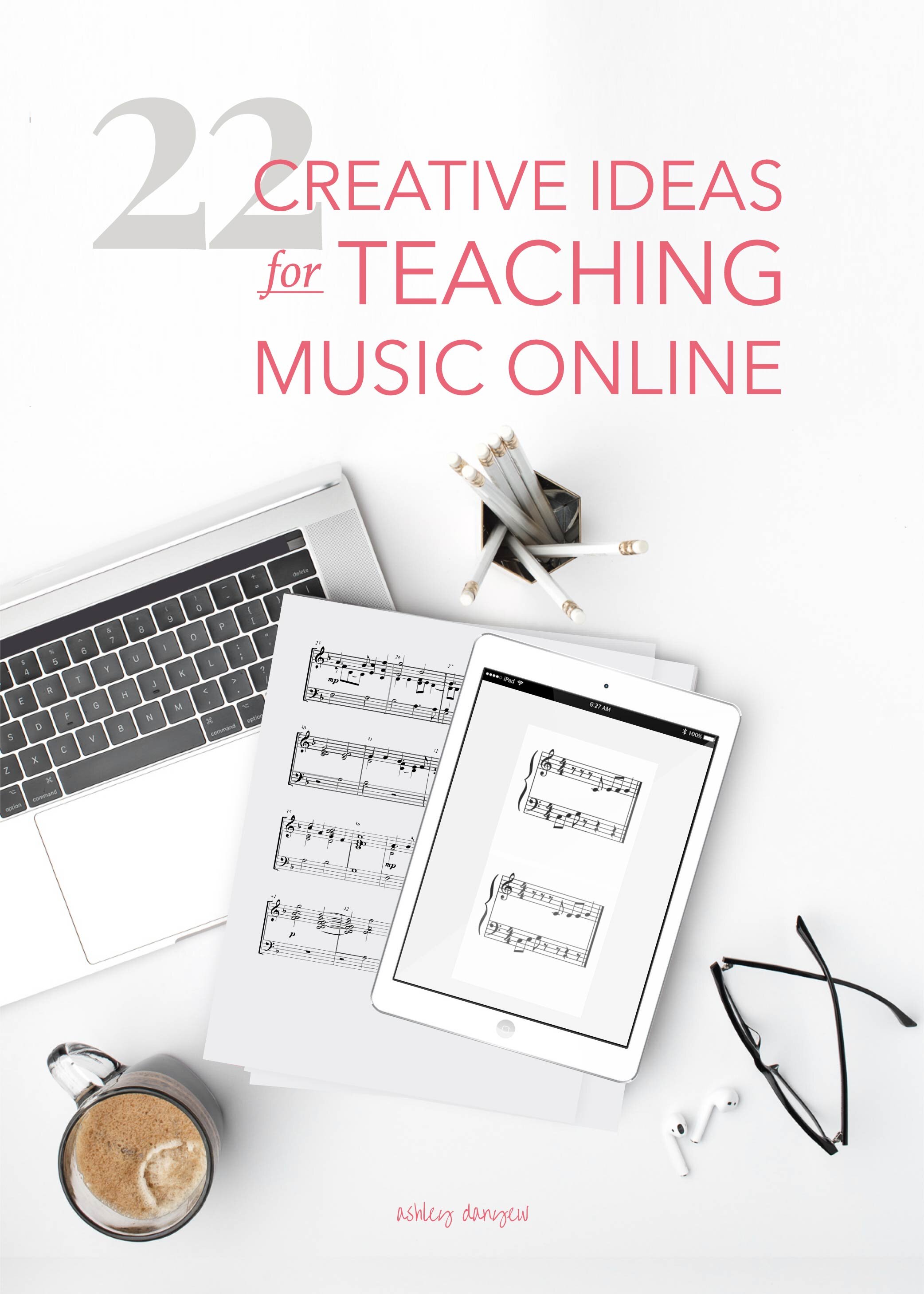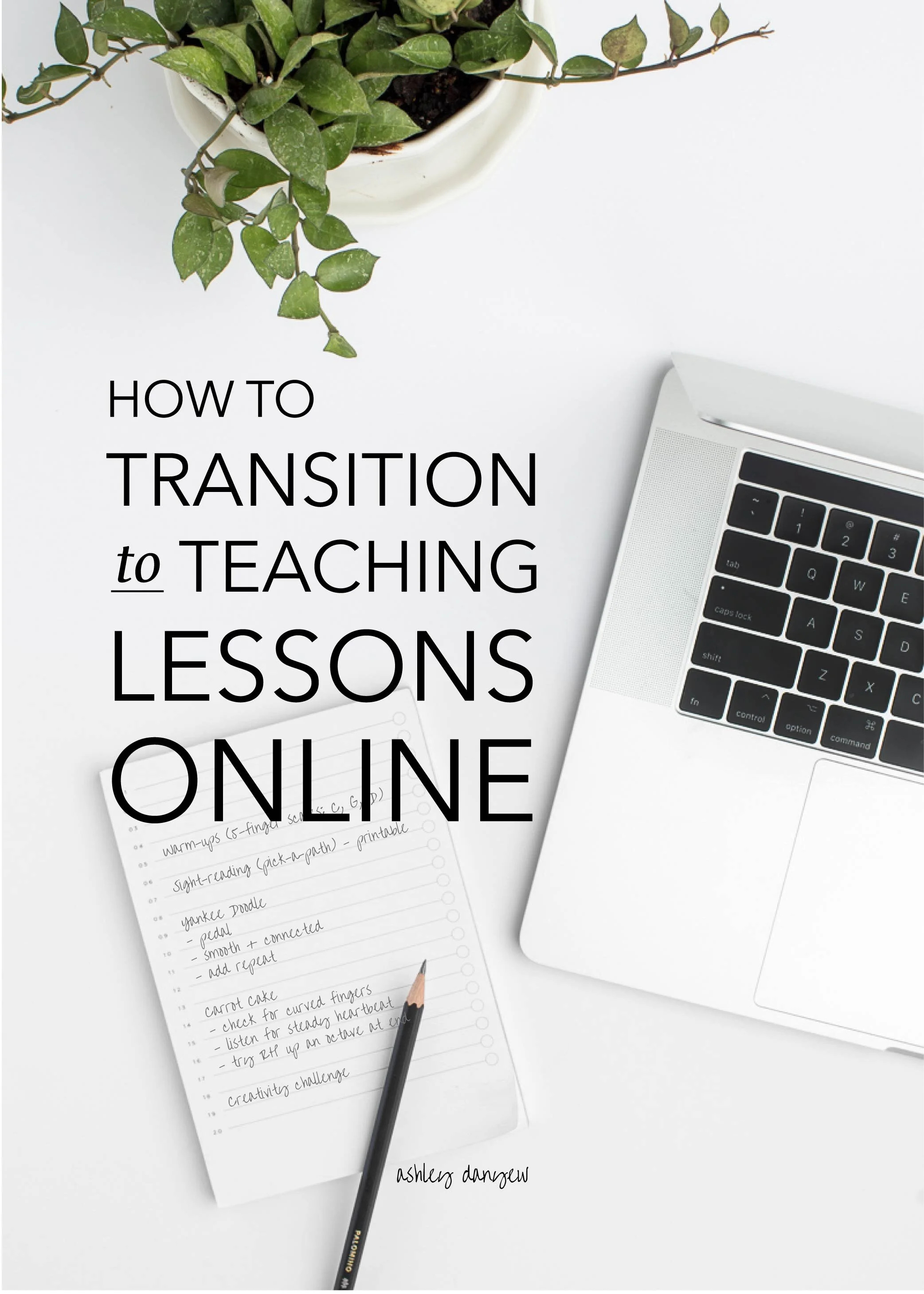Choosing supplemental piano collections for your elementary students is a great way to 1) incorporate a variety of musical styles into their repertoire plan, 2) expose them to new voices (especially those who are underrepresented), and 3) foster motivation.
Once or twice a year, I look for supplemental books that complement what a student is already working on, connect to their interests, and add an element of variety to our lessons and study together.
It can be challenging to find repertoire that is appealing, musical, and still at an accessible level. As a teacher, you want to make sure that the music you recommend to your students is high-quality and attainable. If the music is too challenging, students are likely to become frustrated and burnt out. And if it’s not particularly high-quality, then students will miss the opportunity to create something deep and meaningful.
Over the years, I've found a few great collections that I go back to again and again, but I add to this list every year!
Grab a cup of coffee and your favorite notebook — here are my favorite supplemental books for elementary students:
*Disclosure: I get commissions for purchases made through links in this post.
Celebrated Lyrical Solos, Book 1
(Robert Vandall)
This collection includes several wonderful pieces that focus on lyrical playing. A great introduction to romantic-style playing with opportunities to discuss phrase-shaping, dynamics, and pedaling. Level 2.
Celebrated Piano Solos, Book 1
(Robert Vandall)
This collection features a mix of musical styles, including blues, classical, and contemporary character pieces, some upbeat and some more lyrical. You’ll find opportunities to discuss articulation, keys, meter, syncopation, and phrase-shaping. Level 2.
Piano Etudes - Preparatory
(Keith Snell)
With works by Beyer, Czerny, Gurlitt, Kabalevsky, and others, this collection includes short classical pieces with a variety of programmatic titles. Level 1.
Martha Mier’s Favorite Solos, Book 1
(Martha Mier)
Martha Mier is a favorite in my studio. Her Jazz, Rags, and Blues (and Jazz, Rags, and Blues for Two) books are a wonderful way to introduce these musical styles often not represented in method books. However, they are not for beginners. This collection of Favorite Solos is great for early elementary and elementary students. Level 1.
Side by Side, Part 1
(Amy Glennon/Ted Cooper)
A wonderful duet collection featuring “musically appealing solos and imaginative accompaniments.” This book works well alongside Music Tree: Part 1, though it can be used with any interval-based reading approach. Level 1.
A Day in the Jungle
(Jon George)
A classic collection for elementary students, each piece represents a different animal (and corresponding movement). Level 2.
A Day in the Forest
(Jon George)
Similar to the title above, this collection for late elementary students includes eight imaginative pieces, some about a specific animal (e.g. porcupine, snail, quail) and some about the forest scene (e.g. dawn, rushing brook, rain and rainbow). Level 3.
Be a Star! Hymns, Book 1
(Kevin Costley/Helen Marlais)
Part of the Intervallic Reading Series, this collection features several well-known hymns with guided practice strategies such as blocking, interval reading, finger placement, and directional reading. Level 1-2.
Let’s Quest, Vol. 1
(Chrissy Ricker)
My students love this collection of video-game-inspired music by Chrissy Ricker. I love the minor keys, longer form, and introduction to syncopation and pedaling. Level 2.
Finger Paintings, Book 1
(Dennis Alexander)
I recently discovered this collection — 11 colorful solos (with optional teacher duets) for early elementary students. The pieces are short and in several different 5-finger positions and feature melodies divided between the hands. Level 1.
Penny Petticrew and the Magical Motives
(Andrea Dow)
I’ve found this to be a great summer supplemental book for early elementary students: it’s a great transition between a primer level and Level 1 method book. This “storybook composing” book features a short story interspersed with composition prompts and short pieces that help bring the story to life. Students are guided through the process of creating a motive and using it within a piece. Level 1.
Piano Teaching Music, Vol. I and Vol. II
(Florence Price)
Two wonderful collections by African-American pianist and pedagogue Florence Price. The pieces are pedagogical in nature (as the title implies) and many are easily taught by rote. Level 1.
Piano Safari, Animal Adventures
(Katherine Fisher & Julie Knerr)
For students not using the Piano Safari method series, this collection is an excellent supplement. The book features pattern-based pieces and exercises (to be taught by rote) and improvisation prompts with teacher accompaniments that correspond with each technique. Level 1.
Through the Windowpane
(Chee-Hwa Tan)
A set of seven imaginative pieces for elementary students that correspond to poems by Robert Louis Stevenson. I love the opportunity to introduce a variety of interesting keys: G Mixolydian, black-key pentatonic, whole-tone, and D Dorian. Includes performance notes at the end. Level 2.
A Child’s Garden of Verses
(Chee-Hwa Tan)
A set of eight pieces for late elementary students that correspond to poems by Robert Louis Stevenson. Like the previous collection, this one also includes pieces in a variety of keys: Mixolydian, Dorian, and whole-tone. Level 3.
Your turn:
What are your favorite supplemental resources for younger students? I'd love to hear your suggestions!

